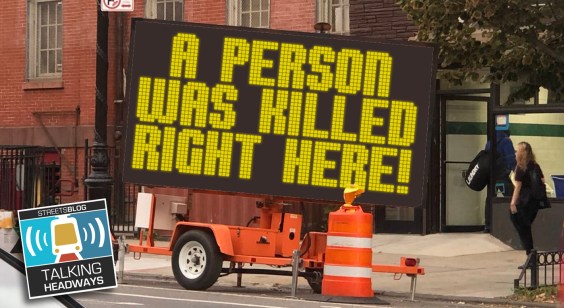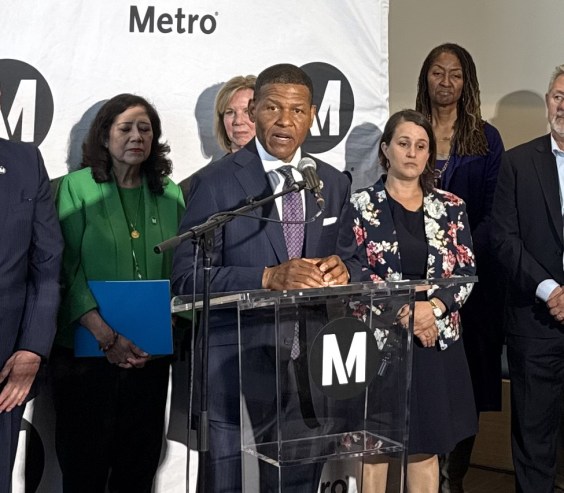Last year was the deadliest year on American roads in almost a decade -- more than 40,000 people lost their lives in traffic crashes. Tens of thousands of lives could be saved each year if the U.S. achieved per capita fatality rates comparable to countries like Sweden, the UK, and even Canada.
If we're going to create a safer transportation system -- not to mention reduce vehicle emissions, which now account for more carbon pollution than electric power -- we're going to have to drive less.
A new study of travel and development patterns in Massachusetts sheds light on what can be done to cut down on traffic [PDF], Bill Holloway reports at the State Smart Transportation Initiative. The researchers identified six factors that affect the amount people drive in the state:
- Land use mix (average distance between homes and the nearest retail establishment)
- Household density (households per square mile of land area)
- Sidewalk coverage (percentage of road miles with a sidewalk at least 3 feet in width)
- Transit access (average distance between homes and the nearest transit stop)
- Intersection density (number of intersections per square mile)
- Managed parking (block groups with a single-use parking structure within 1 mile scored 1, others scored 0)
All of these factors were found to play a significant role in driving mileage, but two were especially important:
Among the built environment variables evaluated, land use mix (the average distance between homes and the nearest retail establishment) and household density had the largest impacts on passenger VMT. Other built environment variables found to exert significant influence on passenger VMT include sidewalk coverage, intersection density, managed parking, and the distance from homes to the nearest transit stop.
By enacting policies to change these built environment variables, Massachusetts could reduce statewide passenger VMT by 13.6% below the business-as-usual scenario by 2040. If policies to shift projected population gains in the state towards lower-VMT communities are enacted in addition to these built environment changes, VMT could be reduced by a total of more than 15%.
More recommended reading today: In light of the news that the Trump administration is withholding funds for Caltrain electrification, Pedestrian Observations looks at why electrification matters and where it should be implemented. Rebuilding Place in the Urban Space examines the Tampa region's resistance to expanding transit. And Seattle Transit Blog reports that Sound Transit has countered a lawsuit that threatens a light rail expansion across Lake Washington.





